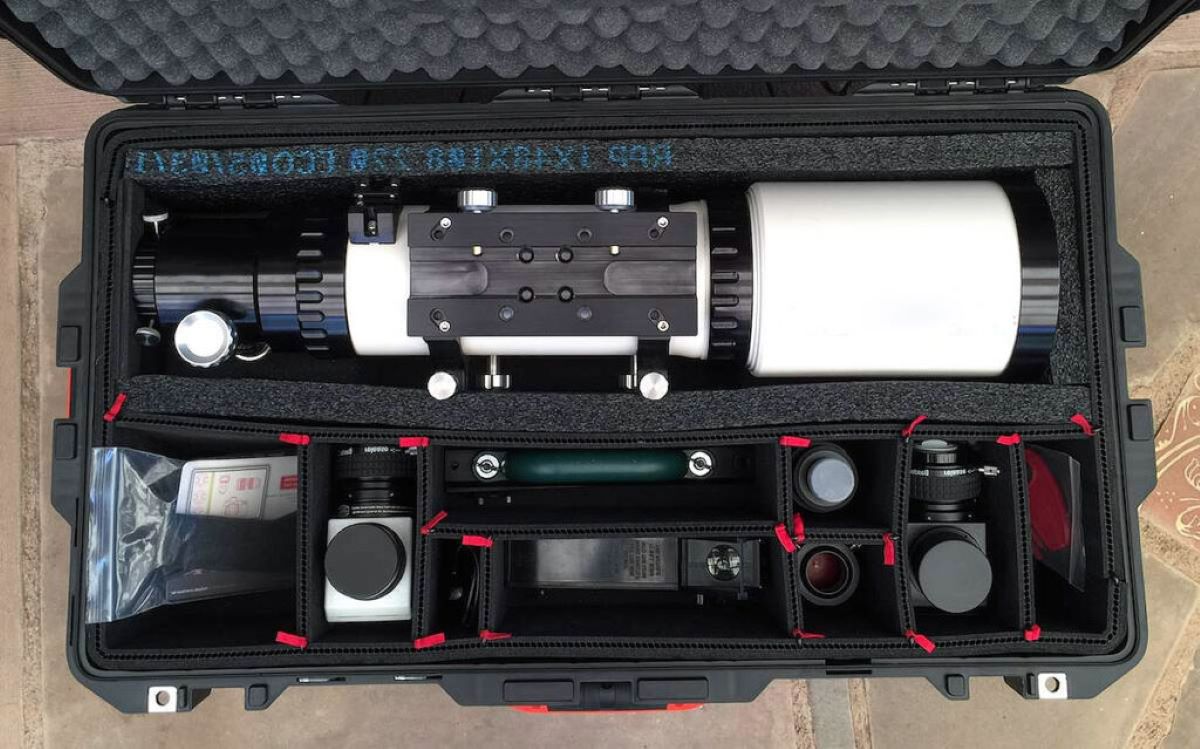

Articles
How To Store A Telescope
Modified: February 29, 2024
Discover expert tips and techniques for safely storing your telescope with our informative articles. Protect your investment and extend its lifespan.
(Many of the links in this article redirect to a specific reviewed product. Your purchase of these products through affiliate links helps to generate commission for Storables.com, at no extra cost. Learn more)
Introduction
Storing a telescope properly is essential to maintain its functionality and extend its lifespan. Whether you are a seasoned astronomer or a casual stargazer, taking the time to store your telescope correctly will protect it from damage and ensure that it is ready for your next stargazing adventure.
In this article, we will guide you through the step-by-step process of how to store a telescope effectively. From detaching the telescope parts to finding a suitable storage space, we will cover everything you need to know to keep your telescope in pristine condition.
By following these guidelines, you can rest assured that your telescope will be protected from dust, moisture, and other potential hazards, allowing you to enjoy years of captivating celestial observations.
So, let’s get started with gathering the necessary materials for the storage process.
Key Takeaways:
- Properly storing your telescope is essential for protecting its components and ensuring longevity. Follow the step-by-step guide to safeguard your telescope and enjoy future stargazing adventures worry-free.
- Regularly checking and maintaining your stored telescope is crucial for preserving its functionality. By taking these measures, you can ensure that your telescope remains in excellent condition and ready for captivating views of the night sky.
Read more: What Is A Telescopic Ladder
Step 1: Gather Necessary Materials
Before you begin the process of storing your telescope, it is important to gather all the necessary materials. Having everything you need at hand will make the process more efficient and ensure that your telescope is properly protected during storage.
Here are the essential materials you will need:
- Soft, lint-free cloths or microfiber towels
- Mild detergent or lens cleaning solution
- Cotton gloves or clean, dry hands
- Blower brush or compressed air
- Bubble wrap or foam padding
- Plastic storage bags or containers
- Sturdy storage case or box
- Labels or markers for identification
Having these materials ready will allow you to properly clean, protect, and store your telescope components. Now let’s move on to the next step of the process: detaching the telescope parts.
Step 2: Detach the Telescope Parts
When preparing your telescope for storage, it is important to detach the various components to ensure their safety and prevent any potential damage during the storing process. Here’s how to detach the telescope parts:
- Remove the eyepiece: Start by gently unscrewing and removing the eyepiece from the focuser. Place it in a clean, padded case or wrap it in bubble wrap to protect it from scratches and dust.
- Separate the tripod: If your telescope is mounted on a tripod, remove the telescope tube from the tripod mount. Carefully loosen the locking screws and slide the tube off the mount. Be sure to secure the tripod legs by folding them in or using a strap to prevent them from accidentally unfolding during storage.
- Detach any additional components: If your telescope has any additional accessories, such as a finderscope or motor drive, detach them carefully according to the manufacturer’s instructions. Place them in separate padded cases or wrap them in foam padding to protect them.
By detaching the telescope parts, you reduce the risk of any accidental damage that may occur during storage. Now that the components are separated, it’s time to move on to the next step: cleaning the telescope components.
Step 3: Clean the Telescope Components
Before storing your telescope, it is essential to clean the components to remove any dust, dirt, or smudges that may have accumulated. Cleaning the telescope will ensure that it is in optimal condition when you are ready to use it again. Here’s how to clean the telescope components:
- Optics: Start by cleaning the telescope’s optics, including the lenses or mirrors. Use a blower brush or compressed air to gently remove any loose particles or debris. Then, use a soft, lint-free cloth or a microfiber towel to wipe the optics. If there are stubborn stains or fingerprints, you can dampen the cloth with a mild detergent or lens cleaning solution. Remember to be gentle, as excessive pressure can damage the delicate coatings on the optics.
- Tube and Mount: Wipe down the telescope tube and mount with a clean, dry cloth to remove any dust or dirt. Pay close attention to any crevices or joints where dirt may accumulate. If necessary, you can use a soft brush or cotton swab to clean hard-to-reach areas.
- Accessories: Clean any detachable accessories, such as eyepieces or finderscopes, using the same method as cleaning the optics. Be sure to remove any dust or debris that may have settled on these components.
By thoroughly cleaning the telescope components, you ensure that they are free from contaminants that could potentially damage them during storage. Now that the components are clean, let’s move on to the next step: protecting the optics.
Step 4: Protect the Optics
The optics of your telescope are delicate and prone to scratches, dust, and other damage. To ensure their longevity and optimal performance, it is crucial to protect them during storage. Here’s how to protect the optics of your telescope:
- Use lens caps: Place lens caps on both ends of the telescope’s eyepiece and objective lens or mirror. This will prevent dust and debris from settling on the surfaces and protect them from accidental damage.
- Use a dust cover or hood: Many telescopes come with a built-in dust cover or hood. If your telescope has one, make sure to close it securely to protect the optics from dust and humidity.
- Store the telescope in an upright position: When storing your telescope, it is generally advisable to keep it in an upright position. This helps prevent any unnecessary pressure on the optics, reducing the risk of damage. If you have a refractor telescope, you can use a foam-filled tube or cylinder to hold the telescope securely in an upright position.
- Avoid extreme temperature changes: Optics can be sensitive to rapid temperature fluctuations, which can cause condensation to form on the lens or mirror surfaces. Store your telescope in a location where the temperature remains relatively stable to minimize the risk of condensation damage.
By taking these steps to protect the optics of your telescope, you ensure that they remain in pristine condition throughout the storage period. Now, onto the next step: storing the telescope tube.
Read more: How To Use Telescopic Ladder
Step 5: Store the Telescope Tube
Properly storing the telescope tube is crucial to protect its structural integrity and optics. The telescope tube is the main component of the telescope and requires careful handling during storage. Here’s how to store the telescope tube:
- Wrap the telescope tube: Begin by wrapping the telescope tube in a soft, clean cloth or bubble wrap. This provides an extra layer of protection against scratches and minor impacts during storage.
- Secure the wrap: Use tape or elastic bands to secure the covering around the telescope tube, ensuring it stays in place. However, be cautious not to apply too much pressure that may deform or damage the tube.
- Choose a storage location: Find a cool, dry place to store the telescope tube. Avoid areas that are prone to temperature fluctuations or high humidity, as these conditions can be detrimental to the telescope’s components.
- Store vertically: Ideally, store the telescope tube vertically, with the eyepiece end facing downwards. This position helps prevent any dust or contaminants from settling inside the tube and protects the optics from unnecessary stress.
- Use a storage case or bag: If you have a dedicated storage case or bag for your telescope, place the wrapped telescope tube inside. Make sure the case or bag provides adequate padding for additional protection during transportation and storage.
By following these steps, you ensure that the telescope tube is stored securely and safeguarded against potential damage. Now, let’s move on to securing the tripod legs in the next step.
When storing a telescope, make sure to keep it in a dry and cool environment to prevent moisture damage. Store it in a protective case or cover to prevent dust buildup.
Step 6: Secure the Tripod Legs
If your telescope is mounted on a tripod, it is important to properly secure the tripod legs to ensure stability and prevent any potential damage during storage. Here’s how to secure the tripod legs:
- Clean the tripod legs: Before securing the tripod legs, make sure to clean them thoroughly to remove any dirt or debris. Use a soft cloth or brush to wipe down the legs and remove any accumulated grime.
- Fold the tripod legs: Carefully fold the tripod legs inward to minimize its overall size. Make sure that all the legs are folded evenly and align with the center column of the tripod.
- Use straps or bungee cords: If your tripod legs have adjustable security straps or bungee cords, use them to hold the legs securely in place. This will prevent them from accidentally unfolding or moving during storage.
- Store the tripod: Find a suitable storage location for the tripod. Ideally, choose a dry area away from direct sunlight or extreme temperature fluctuations. Make sure that the tripod is stored in an upright position to minimize any unnecessary pressure on the legs.
By properly securing the tripod legs, you ensure that they remain in good condition and are ready for use when you retrieve your telescope for future observation sessions. Now, let’s move on to the next step: wrapping and storing the telescope accessories.
Step 7: Wrap and Store the Telescope Accessories
Along with the main telescope components, you may have various accessories that enhance your stargazing experience. Properly wrapping and storing these accessories will help protect them from dust and potential damage. Here’s how to wrap and store your telescope accessories:
- Clean the accessories: Before wrapping the accessories, ensure they are clean and free from any dirt or dust. Use a soft cloth or brush to gently clean each accessory, taking care not to apply excessive pressure.
- Wrap in bubble wrap or foam padding: Individually wrap each accessory in bubble wrap or foam padding for added protection. Make sure to cover them completely and secure the wrapping with tape or rubber bands.
- Organize and label: If you have multiple accessories, organize them in a storage bag or container. It is helpful to label each item to easily identify and locate them in the future.
- Store in a secure place: Find a dry and safe location to store the wrapped accessories. Avoid areas with high humidity or extreme temperature changes, as these conditions can damage delicate components.
By following these steps, your telescope accessories will be well-protected and readily available when you need them for your next stargazing session. Now that the accessories are taken care of, let’s move on to finding a suitable storage space in the next step.
Step 8: Find a Suitable Storage Space
Choosing the right storage space is crucial to ensure the longevity and proper preservation of your telescope. It’s important to find a location that provides a stable environment and safeguards your equipment from potential damage. Here’s how to find a suitable storage space:
- Avoid extreme temperatures: Find an area where the temperature remains relatively stable throughout the year. Extreme heat or cold can harm the delicate components of your telescope.
- Control humidity levels: High humidity can cause moisture to accumulate, leading to mold, rust, or damage to optical surfaces. Choose a storage space that has controlled humidity or use dehumidifiers or silica gel packs to reduce moisture.
- Keep away from direct sunlight: Sunlight can damage the optics and cause the material to deteriorate. Look for a storage space where your telescope won’t be exposed to direct sunlight.
- Consider space constraints: Ensure that your telescope and its accessories have enough room to be stored without being cramped or at risk of falling over. If necessary, adjust the storage area or invest in storage containers that fit the telescope’s size.
- Protect from potential hazards: Choose a storage space that is free from potential hazards such as water leaks, pests, or heavy objects that might fall on your telescope.
By finding a suitable storage space, you provide your telescope with the optimum conditions to stay safe and in good condition during its downtime. Now, let’s move on to the next step: labeling the telescope components for easy identification.
Read also: 11 Incredible Telescoping Duster for 2025
Step 9: Label the Telescope Components
Labeling the telescope components is a simple yet effective way to ensure easy identification and organization when it comes time to retrieve and assemble your telescope. By labeling each component, you can quickly locate the parts you need without any confusion. Here’s how to label the telescope components:
- Use adhesive labels or tags: Attach adhesive labels or tags to each component, including the telescope tube, tripod, and accessories. Make sure the labels are securely attached and won’t fall off during storage.
- Include clear descriptions: On each label or tag, write a clear description of the component. This can include the name of the part, its purpose, and any specific details that differentiate it from other similar components.
- Color-coding: For added organization, consider using different colors for different telescope components. For example, you could use blue labels for eyepieces, red labels for filters, and green labels for mounting accessories. This visual cue makes it even easier to locate specific items quickly.
- Keep a list or inventory: Maintain a list or inventory of all the labeled components and their corresponding descriptions. This will serve as a reference point and make it effortless to cross-check and ensure that all parts are accounted for when you retrieve your telescope in the future.
By labeling your telescope components, you streamline the process of assembling and setting up your telescope, saving time and minimizing any potential confusion. Now, let’s move on to the final step: regularly checking and maintaining the stored telescope.
Step 10: Regularly Check and Maintain the Stored Telescope
Even though your telescope is in storage, it is important to regularly check and maintain it to ensure its longevity and optimal performance. By conducting periodic checks, you can catch and address any potential issues before they escalate. Here’s how to regularly check and maintain your stored telescope:
- Inspect for any signs of damage: Check the telescope components, including the tube, tripod, and accessories, for any signs of damage such as cracks, loose screws, or rust. If you notice any issues, address them promptly to prevent further damage.
- Clean the optics: Periodically inspect the optics of your telescope and clean them if necessary. Follow the same cleaning steps mentioned in Step 3 to remove any dust or debris that may have accumulated during storage.
- Monitor humidity levels: Keep an eye on the humidity levels in the storage area. If you notice high humidity, consider using additional dehumidifiers or moisture-absorbing materials to protect your telescope from moisture damage.
- Check for pests: Regularly inspect the storage area for any signs of pests such as insects or rodents. Take necessary precautions to prevent these creatures from damaging your telescope or its accessories.
- Consider additional protection: Depending on the storage conditions and the value of your telescope, you may want to consider using additional protective measures such as telescope covers or cases to safeguard it from dust or accidental impact.
By regularly checking and maintaining your stored telescope, you ensure that it remains in good condition and ready for use whenever you decide to bring it out for stargazing. Proper maintenance will prolong the lifespan of your telescope and enhance your overall observing experience. Now, let’s conclude with a brief summary of the article.
Conclusion
Properly storing your telescope is crucial to protect its components and ensure its longevity. By following the step-by-step guide outlined in this article, you can safely store your telescope and keep it in optimal condition for future stargazing adventures.
Remember to gather all the necessary materials, detach the telescope parts, clean the components, and protect the optics before wrapping and storing the telescope tube. Secure the tripod legs, wrap and store the accessories, and find a suitable storage space that provides a stable environment.
Labeling the telescope components and regularly checking and maintaining the stored telescope are essential to ensure its functionality and prevent any potential damage. By taking these measures, you can rest assured that your telescope will be in excellent condition and ready to provide captivating views of the night sky whenever you decide to use it again.
So, take the time to store your telescope properly and enjoy the peace of mind knowing that it is safe and protected. Happy stargazing!
Frequently Asked Questions about How To Store A Telescope
Was this page helpful?
At Storables.com, we guarantee accurate and reliable information. Our content, validated by Expert Board Contributors, is crafted following stringent Editorial Policies. We're committed to providing you with well-researched, expert-backed insights for all your informational needs.
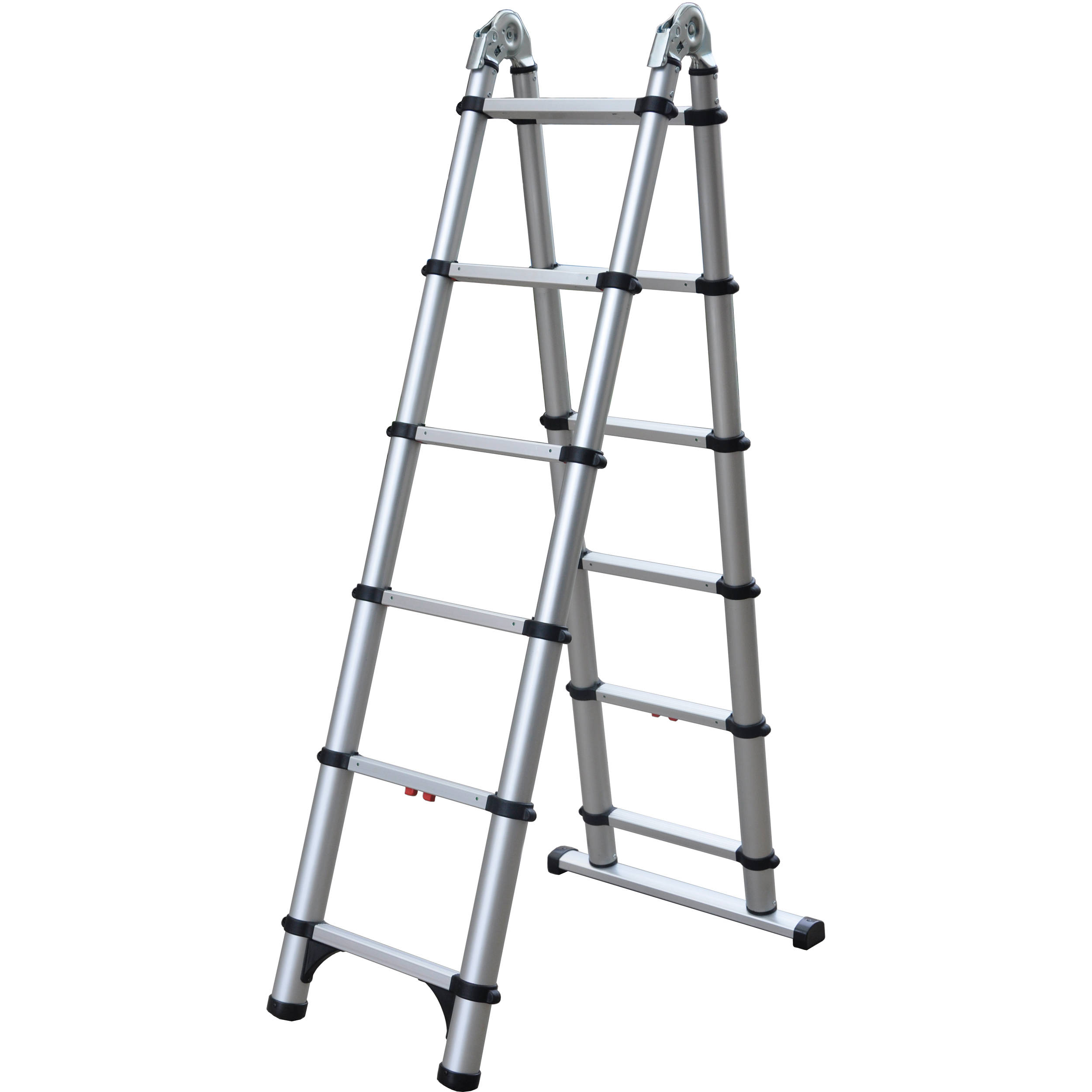
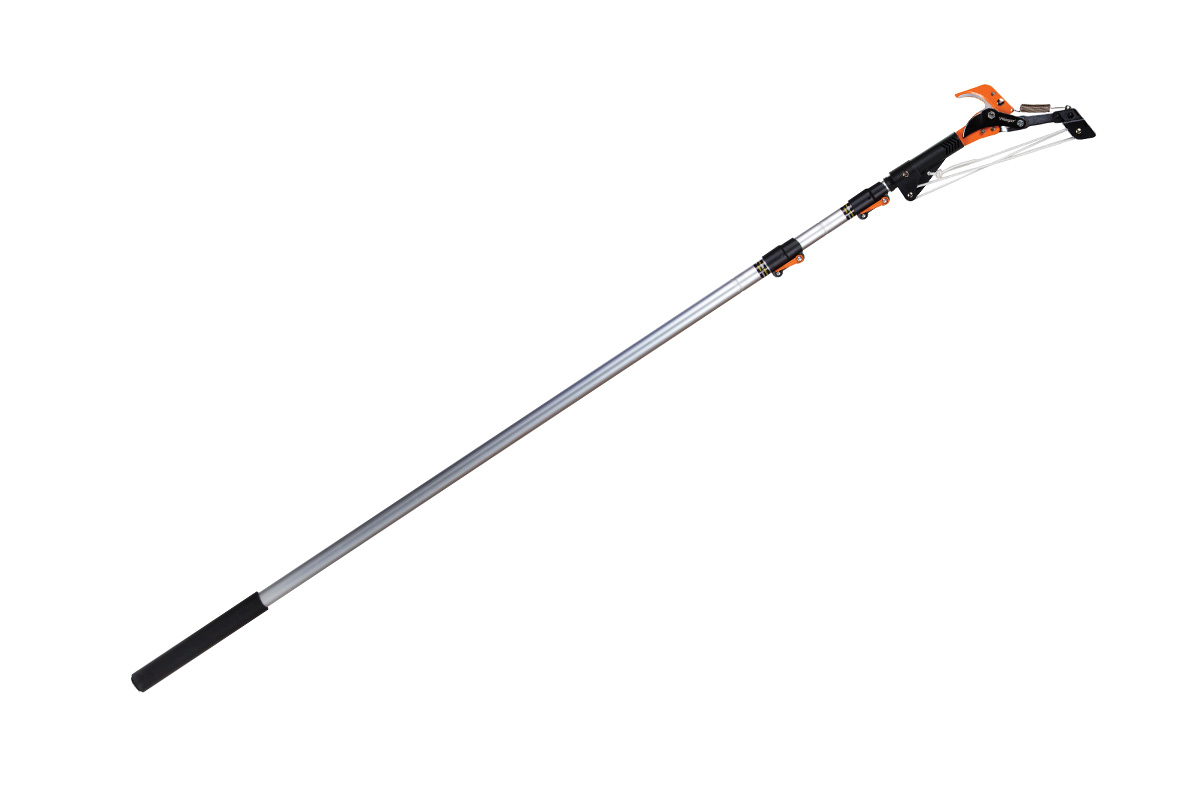
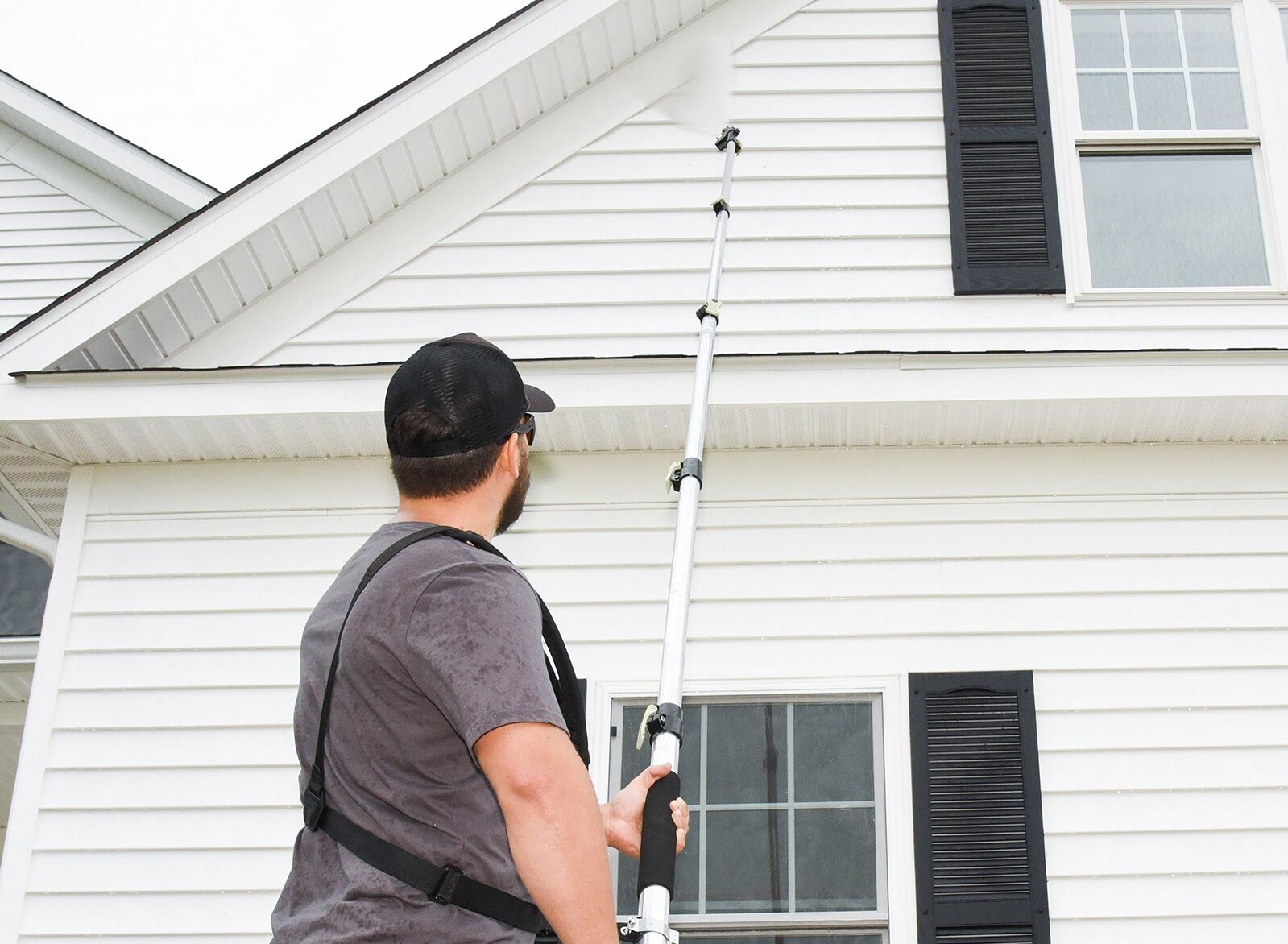
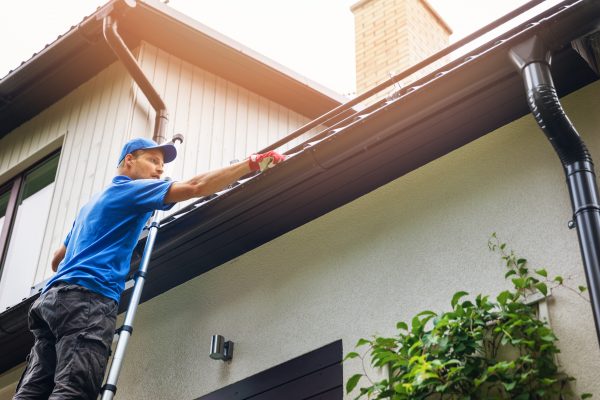










0 thoughts on “How To Store A Telescope”